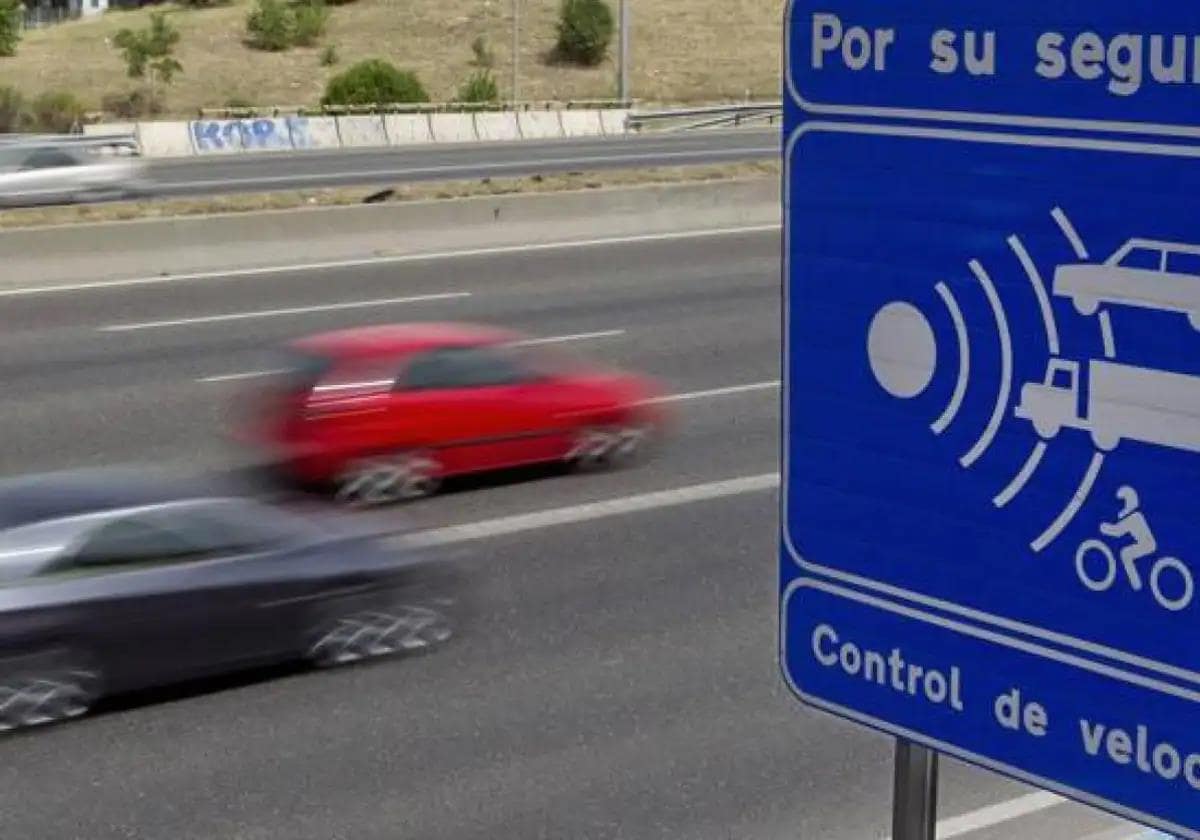Spain's DGT to install more speed cameras on secondary roads to reduce number of accident deaths
In 2023 a total of 849 people lost their lives on conventional roads, 21 more than in 2022. In contrast, on high-capacity roads, motorways and dual carriageways, the number of fatalities decreased compared to the previous year
Patxi Fernández
Madrid
Thursday, 11 April 2024, 00:01
More speed-sensing radar devices are coming to Spanish roads in 2024. "This year we are going to install 88 new ones, 60% of them lining stretches of road". This was the declaration made by head of the Directorate-General for Traffic (DGT) authority Pere Navarro at the presentation of the report 'How to save 300 lives a year in Spain' by Mapfre Foundation and the Spanish Road Association (AEC). "The majority will go on secondary roads, which is where we have identified the biggest problem".
"In Spain, one of the challenges in road safety is with conventional roads: three out of every four fatal road accidents are on these roads, and the same is true for motorbikes," Navarro pointed out.
"Most traffic accidents are on conventional roads, and more than half of the fatal crashes are also on conventional roads. If we want to reduce accidents in our country, we have to work on this area," he said. He further confirmed that 88 new radars will come into operation this year. "Sixty per cent of them are radars covering a stretch of road, and only 40 per cent are point radars, and most of them will be on secondary roads, which is where we have the problem at the moment".
DGT's head acknowledges that the biggest accident problem on Spanish roads is on conventional roads because "we have been talking for some time about motorways, dual carriageways, in short, the big, high-capacity roads. We've been given the wrong impression that the accidents occur there when, in fact, they're on the secondary roads".
State of roads
Regarding the state of such roads, Navarro believes that the road is not the cause of these accidents, but its condition can greatly minimise the consequences. "In any country people want a motorway so that everyone can reach their town", he said, but he takes the view that this is not really necessary. So, other measures can be adopted, such as 2+1 roads (those with three lanes: one for each direction of traffic, and a central lane for overtaking that alternates overtaking priority between both traffic directions; or those with both directions of traffic separated by a physical barrier) or "building two lanes in such a way that you can overtake without having to encroach into the lane for oncoming traffic. In short, there are plenty of design and maintenance solutions being implemented", he said.
With this type of road there is less dispersion in the speed range of vehicles on the road, as slower vehicles can be overtaken at regular intervals, thus reducing stress on drivers and preventing queues from forming.
Mopeds and motorbikes
Another of the problems that the traffic authority (DGT) wants to tackle is the high accident rate involving mopeds and motorbikes. In this regard, Pere Navarrro stated that "we have the profile of the accident victim". The most common accident is on a conventional road with 3 out of 4 accidents happening at weekends, and more than half of the accidents are caused by someone coming off the road. "In other words, you and you alone and what happens to you is what takes you off the road. I think I recall that the age range is between 35 and 54 years old. They are not young people, they are of a certain age. And it is true that there is a lot of reckless driving, especially at weekends". One idea he has is that, during this legislature, he wants to introduce a new road rule that affects motorbikes, allowing them to drive on the hard shoulder at a max speed of 30 km/h as long as there are stationary vehicles due to a traffic jam.
Regarding some recent, controversial measures that were implemented, such as the elimination of the 20 km overtaking margin on conventional roads, Navarro acknowledges that the result has had little impact. "I know that it didn't bring it down much. I know that the margin for overtaking was all over the news when it came out that we were going to remove it. The vast majority of drivers in our country did not know that there was a 20 km per hour maximum for overtaking on secondary roads. So the effect cannot be expected to be exceptional either".
Provisional road fatality data
According to the latest provisional data released by DGT, in 2023 a total of 849 people lost their lives in accidents occurring on conventional roads, 21 more people than in 2022. In contrast, on high-capacity roads, motorways and dual carriageways, the number of fatalities decreased compared to the previous year, with 296 people losing their lives, 24 fewer than in 2022.
Looking further afield at data from the European Commission, between 2019 and 2023 the rate of road fatalities has been reduced by only 1% in Spain, far behind other countries such as Belgium, which for the same period has achieved a reduction of 22%, followed by Denmark (20%) and Finland (17%).
According to DGT, leaving the road is still the type of accident with the highest loss of life, with 486 people killed in 2023, which represents 42% of the total number of road fatalities. As for head-on collisions, another of the most common accidents, the number of fatalities fell by 9% last year: 225 in 2023, compared to 246 in 2022.
